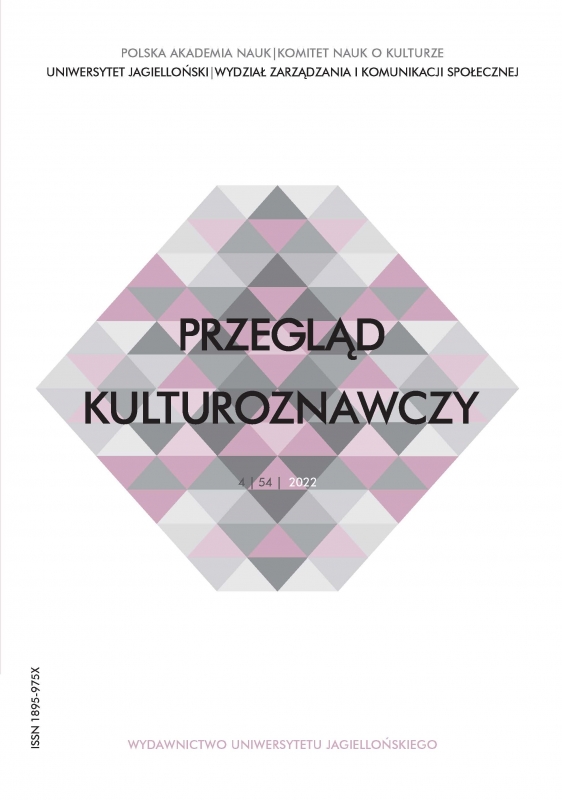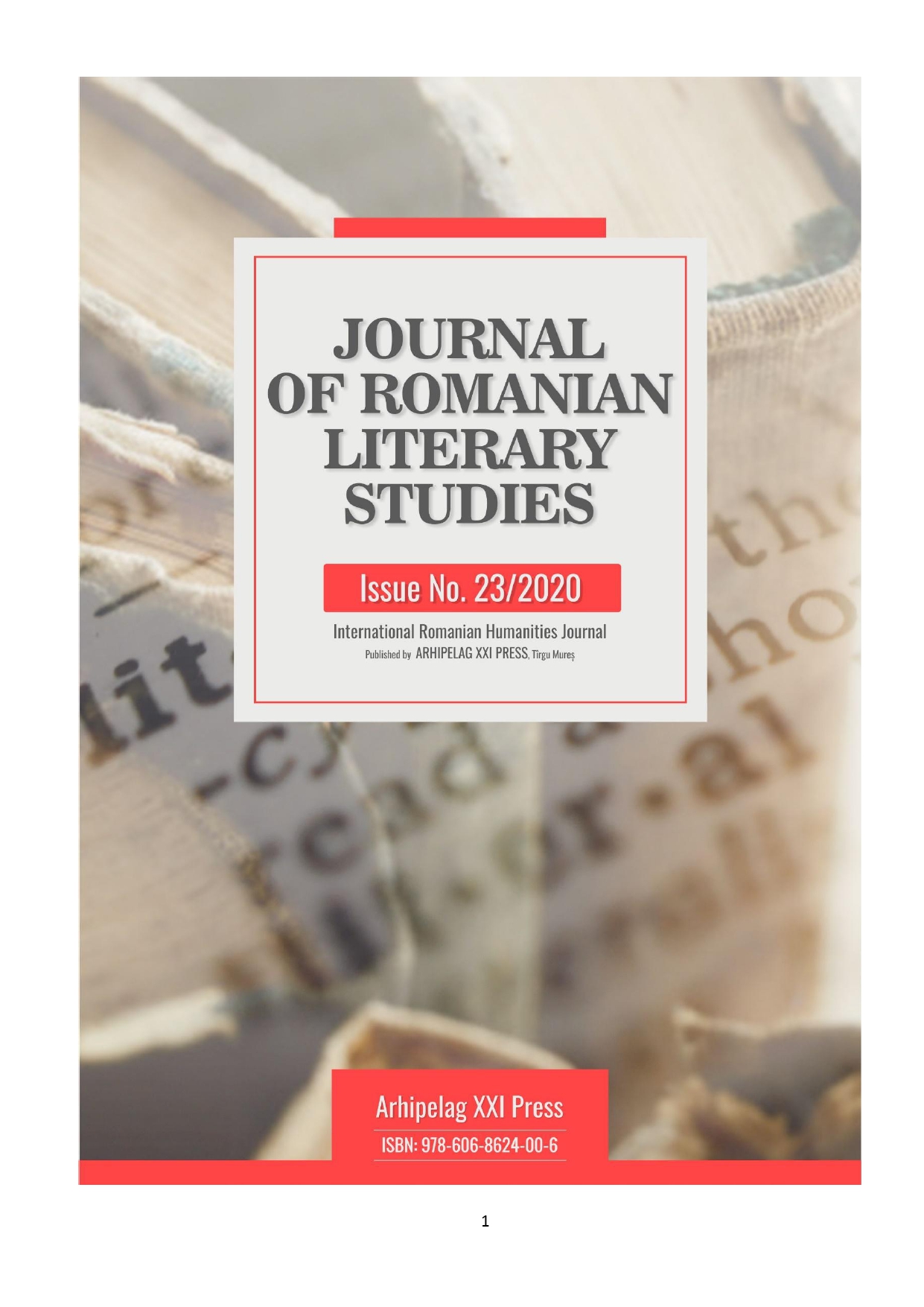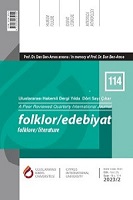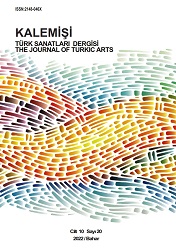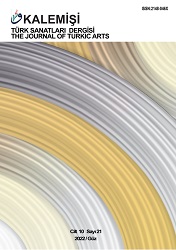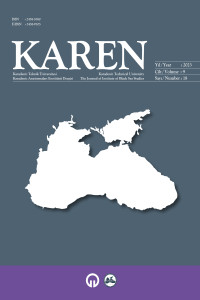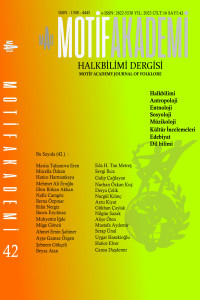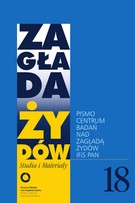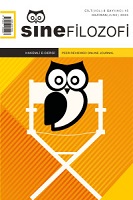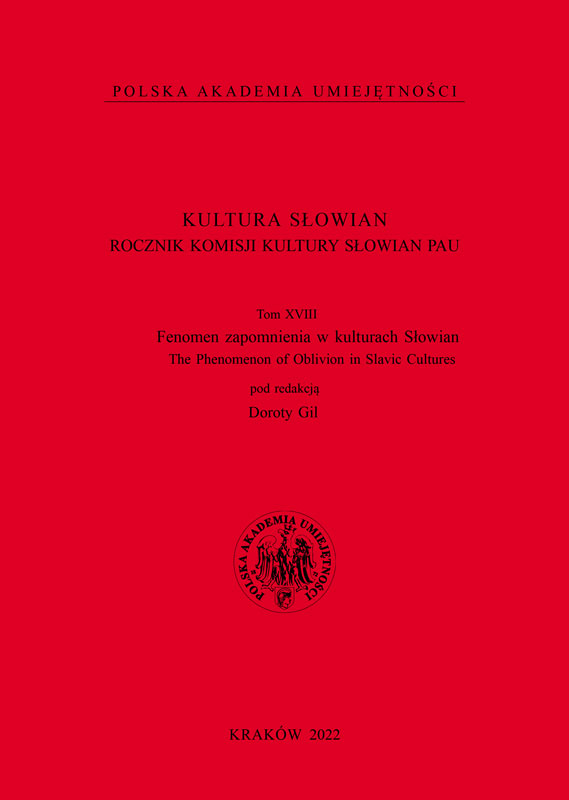
Pomniki Armii Radzieckiej w Bułgarii jako instrument w narodowej debacie nad historyczną pamięcią i zapomnieniem
The article presents the case study of the Soviet Army monuments in Bulgaria as a source of irreconcilable social division. A brief overview of the history of these monu ments and the discussions on the possibility of their dismantling allow to conclude that (1) in the third decade of the 21st century the monuments’ function as lieux de mémoire remains impossible due to their divisive nature; (2) the arguments for and against the monuments expressed in the 1990s remain unchanged; (3) the concentration of public attention on the Sofia memorial leads to the neglection of other similar monuments in the country; (4) The Law on Declaring the Criminal Nature of the Communist Regime in Bulgaria (2000) and other state acts do not affect the existence of these monuments, but only reinforce the ambivalent signals that the southern European state sends to its international partners. The author’s final conclusion is that the monuments of the Soviet Army today are not so much an incentive to comprehend collective traumas, but an impetus for analysing Bulgarian Russophilia.
More...
